ARE YOU STRUGGLING TO MAKE PROGRESS WITH YOUR TRAINING? ARE YOU UNABLE TO RECOVER FROM YOUR TRAINING OR AN INJURY AS FAST AS YOU HAD ANTICIPATED?
If you’re feeling tired and burned-out, you may be suffering from Overtraining Syndrome (OTS) which usually starts with muscle soreness and a feeling of fatigue. Then it quickly progresses into a case of OTS or even injury. Overtraining can occur when the intensity and/or volume of exercise becomes too much for the body to properly recover from. It’s always best to prevent OTS rather than attempt to recover from it. Overtraining Syndrome can be dangerous and severely limit your ability to train. It also significantly increases your risk of injury.
How can you continue to train hard and avoid the associated poor performance, illness, and injury that can result in lost training days and opportunity?
Nothing can derail your best laid training plans and goals like an injury or suffering from OTS! If you develop OTS, you will need to take specific steps to speed up your recovery in order to prevent injury and return to a normal training schedule.
I show you how to recognize the risk factors and symptoms of OTS. You’ll learn how to utilize prevention strategies to help you develop a personal training strategy that will allow you to push past your limits and prior plateau points in order to reach a state of what is known as overreaching (your body’s ability to “supercompensate”). This will speed up your results, so that you can train harder and more effectively than ever before! In addition, learn how to use the foam roller (complete with photos and detailed exercise descriptions) as part of a health optimization program, recovery program, rest day or treatment modality. Let’s get started!
The #1 Mistake that Leads to Injury (it’s not what you’d think!)
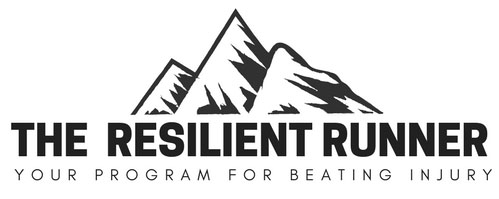
The painful truth is that 37-56% of runners will experience injury in a given year according to The Journal of Sports Medicine. The number of runners who will suffer with injury during their lifetime is even higher–I’ve seen estimates as high as 80%.
That’s why we want to give you the tools to become a Resilient Runner. What is a resilient runner you might ask?
A Resilient Runner is able to take a pounding and keep on running. You can learn to be a resilient runner, too! Learn to pre-empt injuries before they get worse and to deal with existing injuries intentionally and effectively so that you can get back to running.
I get asked injury related questions all the time! That’s why I have teamed up with Angie Spencer (RN and Certified Running Coach) and Trevor Spencer (co-host of the Marathon Training Academy Podcast) to bring you the ultimate resource for self-treating and preventing running injuries.
The biggest mistake is thinking I’LL WORRY ABOUT THIS WHEN I GET INJURED. We can’t emphasize enough how important it is to start thinking about injury prevention now. If you want to meet your current goals and run well into your older years, THEN you can’t afford to wait until you get injured!
CLICK TO LEARN MORE!
HAS AN EPISODE OF LOW BACK PAIN MADE YOU FEEL TOO SCARED TO TRAIN OR TO EVEN MOVE LIKE YOU DID PRIOR TO THE INJURY?
Many of us just accept occasional episodes of low back pain (LBP) as a normal part of life, but these episodes of LBP can have both devastating monetary and training consequences. Your insurance money may be used up. The pain may have dissipated, but you’re still not sure how to progress through the next steps. What if it happens again? Should you train or exercise as hard as before?
What do you do when you’re past the worst of the pain and want to resume training, but you don’t feel physically, mentally or emotionally ready?
Often after a severe case of LBP, you may be too scared to train like you did prior to the injury, and it turns out you should be! At least until you understand why LBP almost always re-occurs and what you can do to prevent it. Don’t let LBP affect your ability to stay active and keep enjoying your favorite activities!
I share very specific strategies for general LBP prevention among athletes such as sport enthusiasts, CrossFitters, weightlifters, and runners. These principles are helpful for anyone participating in athletics as well as those implementing a healthy lifestyle. You’ll learn how to address specific causes of LBP as well as the best practices on how to prevent and self-treat when you experience an episode of LBP. In this step-by-step LBP rehabilitation guide (complete with photos and detailed exercise descriptions), you will discover how to implement prevention and rehabilitation strategies to eliminate pain and get back to training and exercise sooner. Let’s get started!

Treating Ankle Sprains and Strains by Ben Shatto, PT, DPT, OCS, CSCS (2017)
HAVE YOU EVER INJURED YOUR ANKLE AND ICED IT LIKE YOU’RE “SUPPOSED TO,” AND THEN LATER DOWN THE ROAD YOU RE-INJURE IT YET AGAIN?
Yes! Ankle sprains and strains are a common everyday occurrence and even the mildest of sprains can temporarily affect your training and mobility. A sprain/strain can lead to chronic issues and loss of performance later in life when not properly cared for and managed. Severe cases can lead to lengthy rehabilitation and even surgery.
Icing alone won’t heal the injury over time, and then the doctor bills start to add up as you seek help. With the cost of healthcare on the rise and no sign of that trend improving, it’s even more necessary to learn how to safely self-treat and manage common musculoskeletal and mobility related conditions.
How about a better way to safely self-treat and manage an ankle sprain/strain?
When you can confidently self-treat, you can limit pain levels, return to activity faster, prevent reoccurrences, and save money! In Treating Ankle Sprains and Strains, you will learn how to confidently self-treat in order to resume your training and normal activities without the risk of additional damage, injury or re-injury.
I will walk you through the treatment plan on how to rehabilitate your ankle by beginning with the acute phase of rehabilitation through the intermediate (sub-acute) phase of rehabilitation and concluding with a return to full activity and sport. In this step-by-step rehabilitation guide (complete with photos and detailed exercise descriptions), you will discover how to implement prevention and rehabilitation strategies so that you can safely return to activity. Let’s get started!
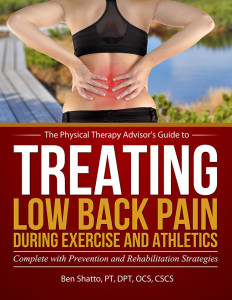
In this complete self-treatment package, I share very specific strategies for LBP prevention among athletes such as sport enthusiasts, CrossFitters, weightlifters, and runners. These principles are helpful for anyone participating in athletics as well as those implementing a healthy lifestyle. You’ll learn how to address specific causes of LBP as well as the best practices on how to prevent and self-treat when you experience an episode of LBP. In this step-by-step LBP rehabilitation guide (complete with photos and detailed exercise descriptions), you will discover how to implement prevention and rehabilitation strategies.
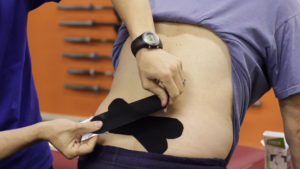
In this package, you get an in-depth look at treating LBP with a 7-part series of instructional videos in which I address low back pain prevention during exercise; specific warm ups for exercise and activities; what really is the “core” and why it matters; treatment techniques (including how to apply Kinesiological tape); and long term management strategies. This includes nearly 60 minutes of actionable advice to prevent and treat LBP as it relates to active individuals, sports (such as running), and athletics.
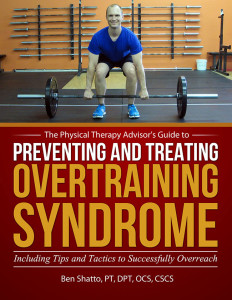
In this BONUS eBook, Preventing and Treating Overtraining Syndrome, I show you how to recognize the risk factors and symptoms of Overtraining Syndrome (OTS). You’ll learn how to utilize prevention strategies to help you develop a personal training strategy that will allow you to push past your limits and prior plateau points in order to reach a state of what is known as overreaching (your body’s ability to “supercompensate”). This will speed up your results, so that you can train harder and more effectively than ever before! In addition, learn how to use the foam roller (complete with photos and detailed exercise descriptions) as part of a health optimization program, recovery program, rest day or treatment modality.
Top Physical Therapy Blogs
July 1, 2015
Marathon Training Academy
May 14, 2015
Marathon Training Academy
April 9, 2015
Marathon Training Academy
March 26, 2015
I am excited about presenting a Low Back Pain Seminar at CrossFit Station.
| Date: |
Saturday, April 11, 2015 |
| Time: |
10 a.m. – 12 p.m. |
| Location: |
1396 E Iron Eagle Dr. Eagle, ID |
| Registration: |
$25 Registration Fee (due by Friday, April 3) |
| More Info: |
Contact Trina or Tony at 208.631.3410 to reserve your spot! Click CrossFit Low Back Pain Seminar for more information. |
| Event: |
Low Back Pain Seminar |









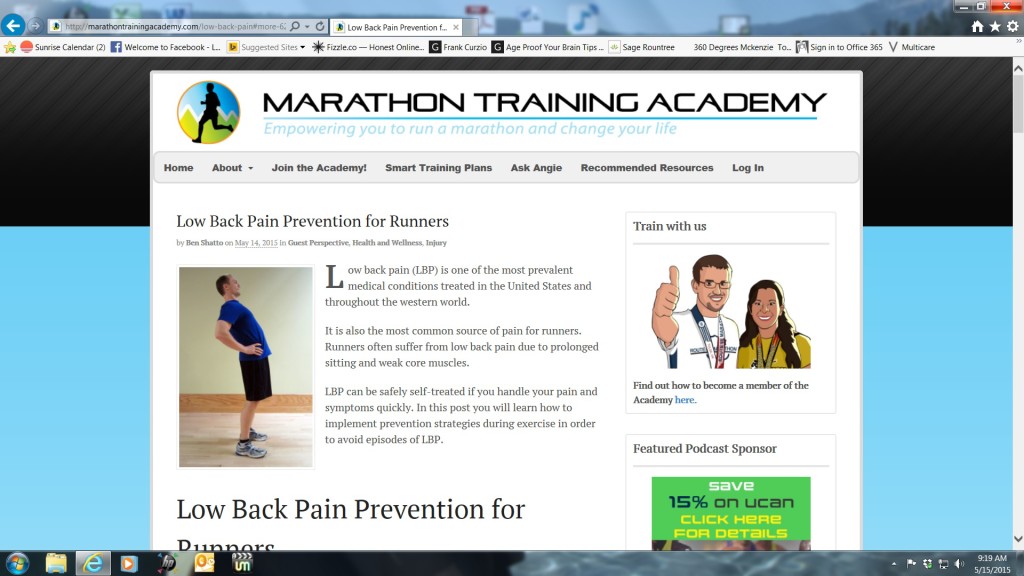
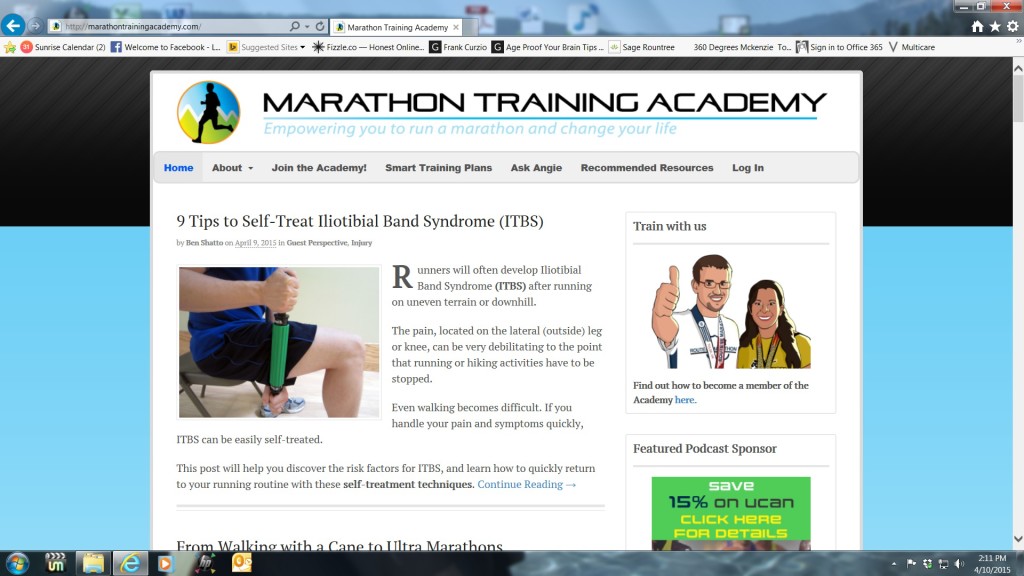
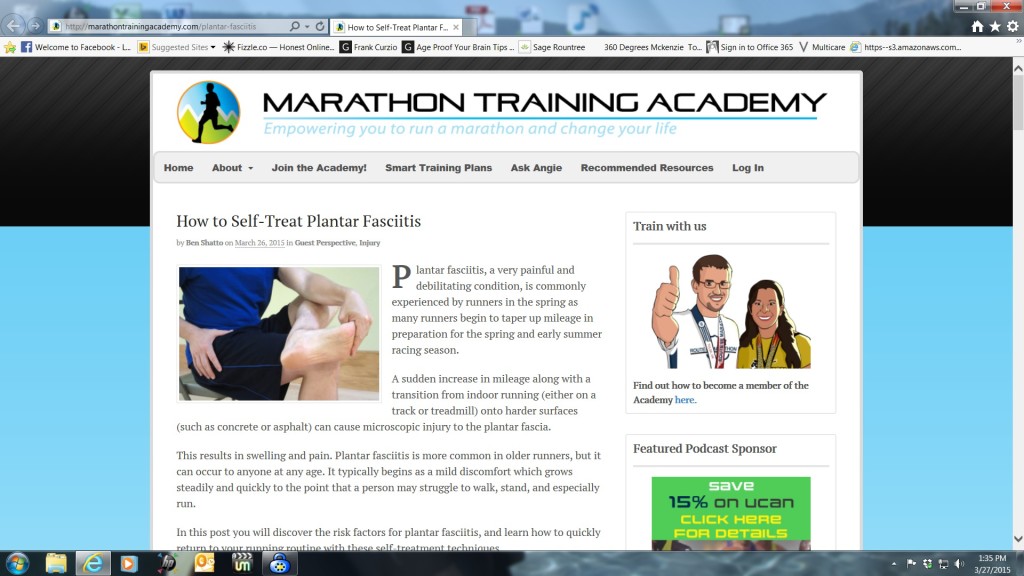
I’m excited to report that The Physical Therapy Advisor web site has been featured in this fantastic resource! I recognize many on the list, and I have discovered a few blogs that I will start following. Thank you for your help spreading the word and your continued support!